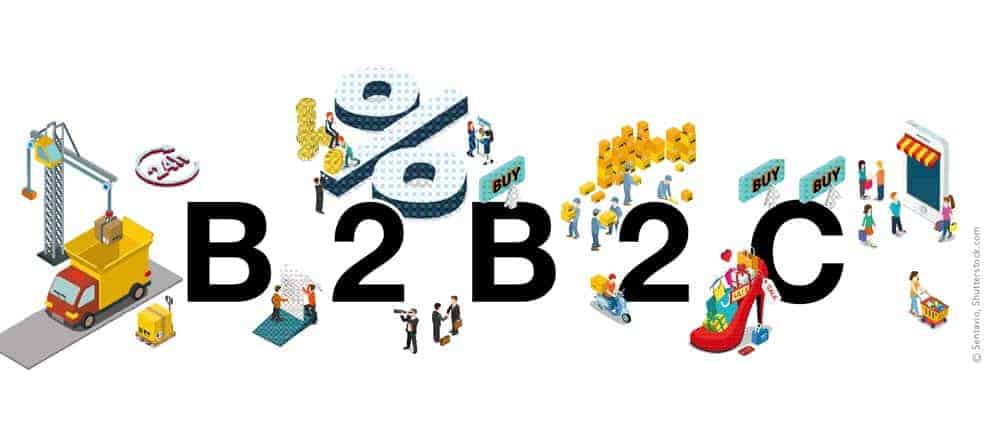Disruptive business models with SAP?


Bimodal IT is the combination of classic and agile IT. Classic IT develops ideas, makes a detailed plan and then implements it meticulously. This also makes sense when it comes to mapping complex business-critical processes.
The basis for the fundamental processes must be right and they must produce a stable result. Agile IT, on the other hand, is completely different: it develops ideas and then "just gets started.
The implementation of the idea in IT processes is adapted to the changing environment with each sprint. This in turn makes sense when an idea needs to be brought to market quickly or new ideas simply need to be tried out.
The trick for companies is therefore to continue to earn the money with the successful business processes in order to be able to implement projects based on them with agile IT. For agile IT, this means it must show consideration for the existing base and be able to deal with its existing interfaces, data models and processes.
In SAP environments, this can be realized in a first step primarily with the cloud solutions from the SAP Hybris portfolio. They can be subscribed to immediately and already provide the necessary interfaces for connection to the classic SAP backends.
This already enables companies to quickly cover many new ideas and requirements. But for disruptive innovations that have what it takes to roll up the market, the ready-made solutions may not go far enough.
Individual solutions are needed to open up new business areas or expand existing services with new, previously unknown functions.
For the direct, fast and uncomplicated development of such solutions, the SAP Cloud Platform (SPC), among others, can be used as a basis in the SAP universe. It provides extensive, easily customizable templates and services, but also offers sufficient freedom to implement completely new ideas.
For example, if mobile applications or IoT scenarios are to be implemented that require access to data and processes in the SAP backend, the SCP is ideally suited.
When it comes specifically to innovations in e-commerce, the SAP Hybris Commerce solution can be used. The platform offers users flexibility in connecting various peripheral systems and implementing individual functionalities in the front-end and back-end processes.
Flexibility is further increased by the SAP Hybris as a Service cloud services - YaaS for short. They consist of a series of microservices and make it possible to react to changes on a daily basis.
This can be used, for example, to set up "pop-up stores" - web stores that are set up quickly and only used for a short time, for example at trade fairs or events, or to test the processes of a new business model with a greatly reduced product portfolio.
The services can show their full strength in interaction with the "full-blown" SAP Hybris Shop of a company or brand, as YaaS can then use the basic functions of such a store, such as checkout or shopping cart.
The same applies to the numerous enhancements that have been created for SAP Hybris in recent years, such as extensive billing capabilities (SAP Hybris Revenue), deep personalization (SAP Hybris Marketing and SAP Hybris Profile), or customer engagement (SAP Hybris Loyalty and SAP Hybris Service Engagement Center).
This combination enables companies to implement innovative projects quickly and efficiently.





